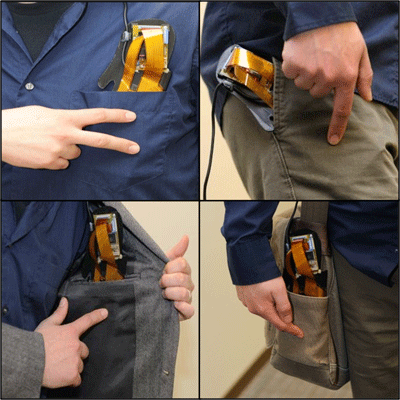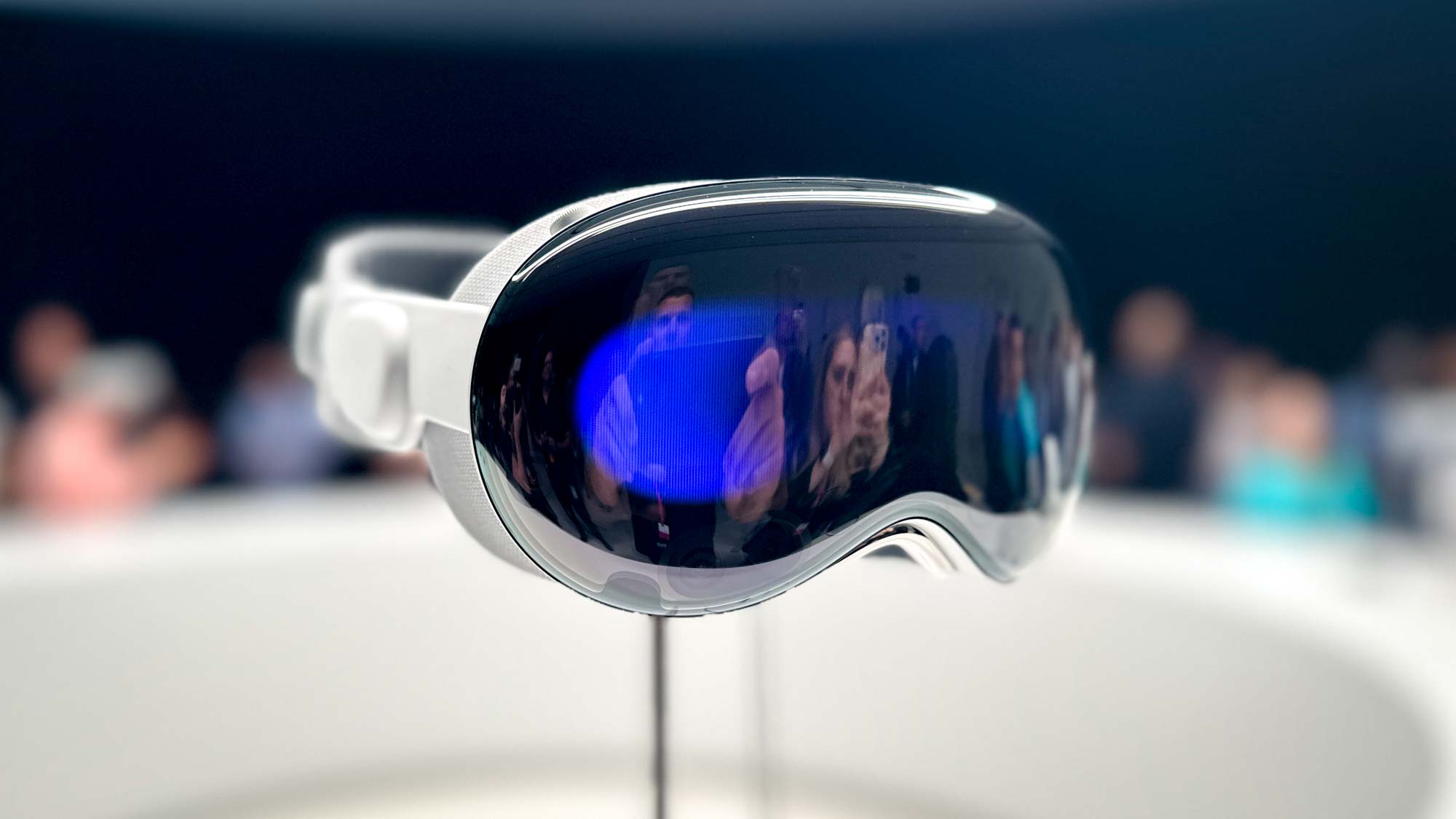Control Your Phone Through Your Pants by Touching Yourself
The technology will make smartphones even more convenient, and junior high school jokes even more immature.

Not content with simply gobbling up patent-sharing deals with consumer tech companies the world over, Microsoft is also at work on some rather interesting tech of their own. We've already seen the incredible Omnitouch, developed in concert with Carnegie Mellon, that promises to turn almost anything into a multi-touch screen and now they're giving us a peek at PocketTouch, a prototype multi-touch capacitive sensor placed on the back of a smartphone. The sensors enable 'eyes free' input directly through the fabric of whatever one is currently using to store their phone and supports a range of gestures from simple strokes to complex numerical or alphabetic commands.
“People already try to interact with a computing device through fabric,” says Scott Saponas, a member of Microsoft's Computational Experiences group. “Think of when you try to reach through your pocket to the slider that silences your phone. We wanted to take a different spin by asking: Can we use a higher-bandwidth touch surface to provide a wider range of actual input?”
One of the biggest challenges developing PocketTouch was orientation. Users very often attempt to manipulate their phones through pockets or bags, but as the devices often shift around (or the the user simply forgets which side faces out), accurate inputting is not likely. This problem was resolved by using an unlock gesture that also determines the plane of coordination and initializes PocketTouch for use. So long as the phone remains stable from that point forward, PocketTouch can work from any direction.
The developers also had to resolve the problem of pattern recognition, which was overcome by adapting existing Windows features. Tests on a variety of fabrics and thicknesses proved successful, and though PocketTouch is far from ready for consumer rollout, it will be shown off at the Association for Computing Machinery Symposium on User Interface Software and Technology, held this week in Santa Barbara, California. A video describing it in greater detail has been posted to YouTube, embedded here for your convenience.
Get instant access to breaking news, the hottest reviews, great deals and helpful tips.

Ross is a former contributing writer for Tom's Guide based in Los Angeles covering phones, tablets and home networking. Ross has previously written for Deadline, The Los Angeles Times and, most recently, TheWrap.
-
de5_Roy nice headline(cptypty)!Reply
gripping idea by carnegie mellon.
people can share files just by bumping into each other.
"look i am playing guitar hero with myself!" or
"no, i am just trying to use swype!"
technology rules! -
brn_gomes "Control Your Phone Through Your Pants by Touching Yourself".... This... This is just wrong, seriously, I asked 5 different people here at work, male or female, all thought the same thing... Either the author of this title intended it to be a joke, or otherwise you should really change the title 'cause it's really misleading. lolReply -
stereopsis The title definitely needs revision. Surely Tom's readers don't have to be attracted by smutty headlines.Reply -
officeguy ReplyControl Your Phone Through Your Pants by Touching Yourself
Reading the artical and the headline again, it wasn't even funny to me. Sorry Ross, try again.
-
bebangs Through Your Pants!!!!!!!!!!!!!!!!!!!!!!!!!!!!Reply
by Touching Yourself!!!!!!!!!!!!!!!!!!!!!!!!!!!!!!!!
i was like??? so i should use mine like a joystick?
^_^ lols.
article and the picture is very different. title is misleading -
marshcorps Ya, where is the "touching yourself" part? You touch the phone. It isn't like you are going to have touch any part of your body ... just your phone. Stupid headline.Reply
